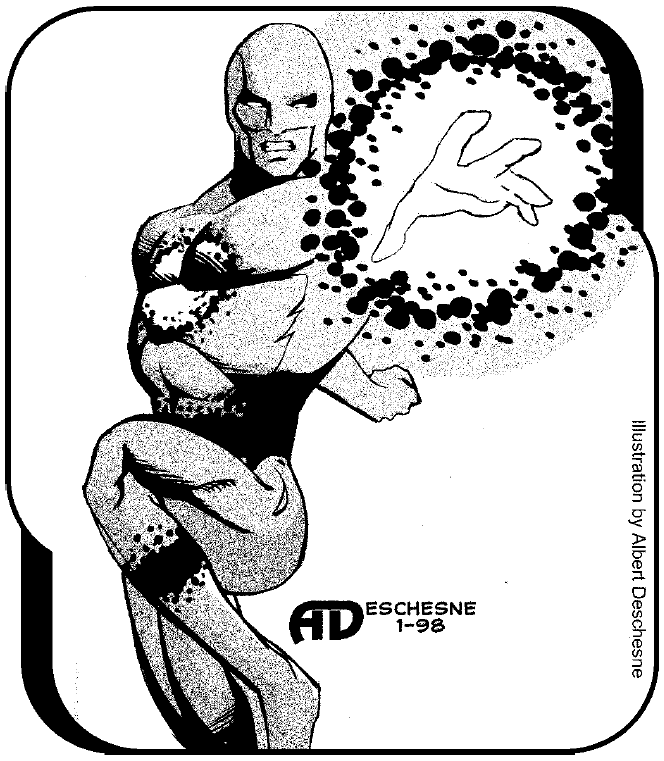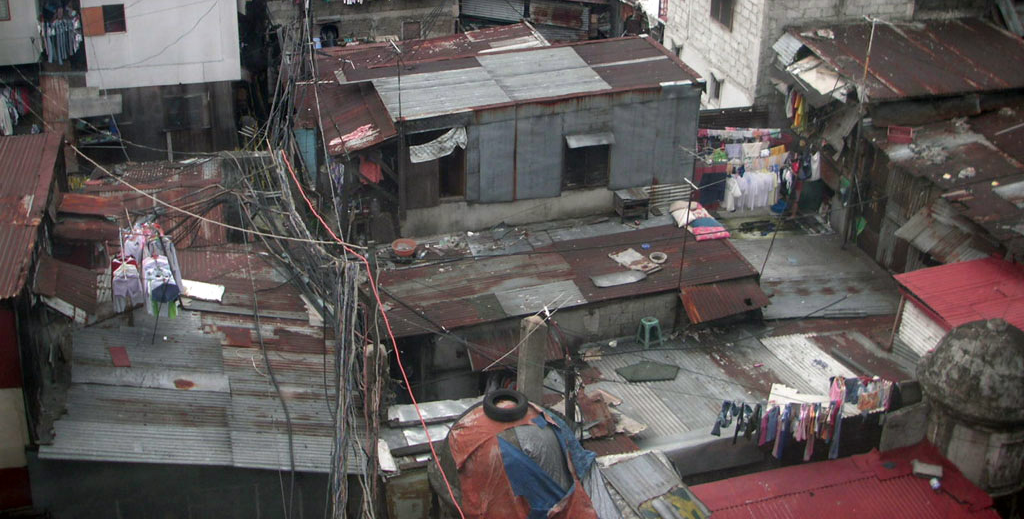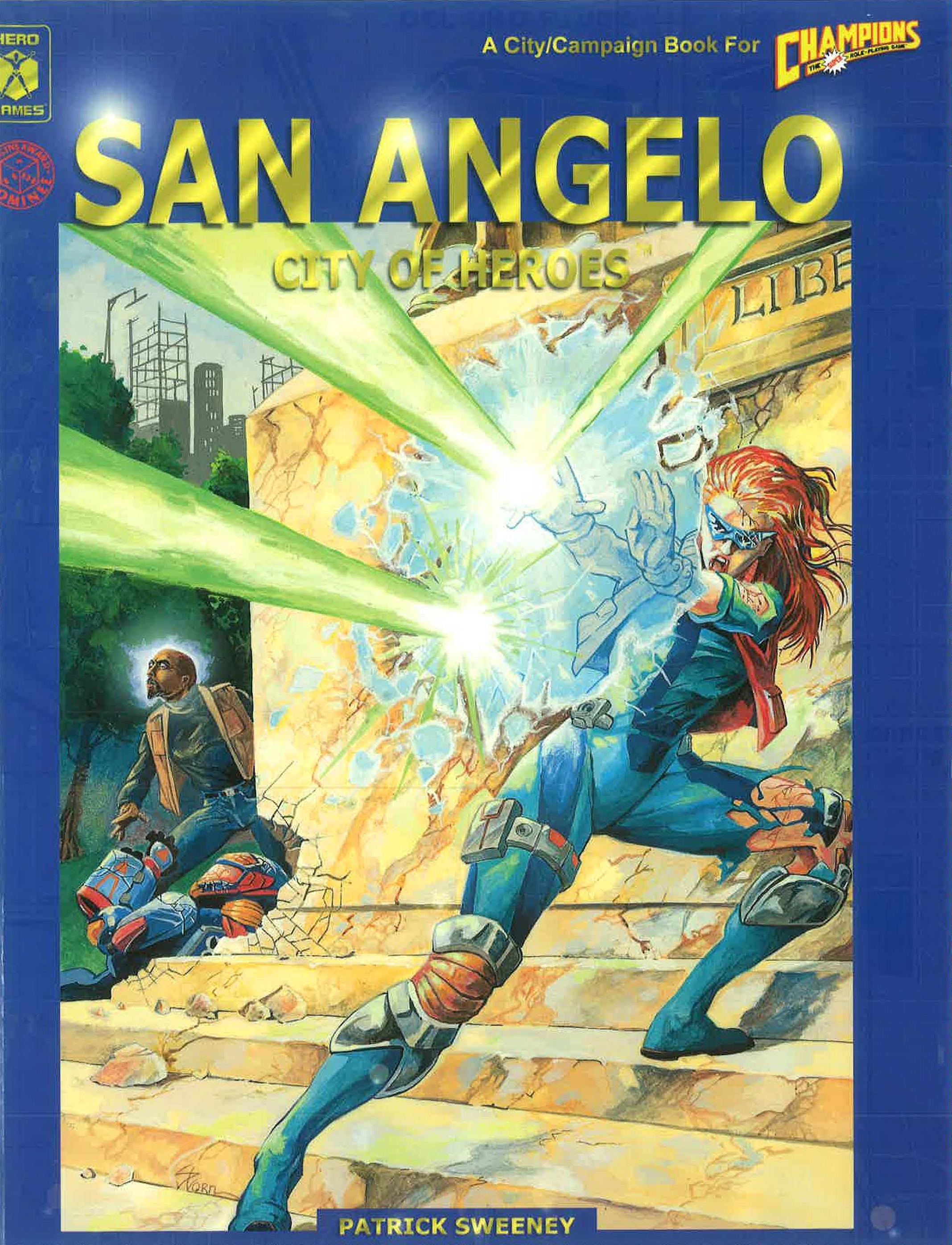MYSTERIOUS ARTIFACTS

Excalibur and the Lost Blade: The Society has run into the mythic Excalibur blade twice before. Although it is connected to Arthur, Merlin, and Camelot it is not of Atlantean or Lemurian origin, but something else. The Society originally uncovered the blade in 1932, but it was stolen by the Nazi archaeologist Grimoire (see below). It was liberated by British superhero Captain Valor and was encountered by the Society again in 1935, along with its sister sword – the Lost Blade.
The Holy Grail: Although the legend of the search for the Holy Grail is connected with those of Arthur and the Knights of the Round Table, that connection was made years after the actual events. The Holy Grail itself actually has a fairly active history, before landing in the 20th century.
Shroud of Turin: The Shroud of Turin is a real artifact related to the death of Christ… but the one found in the Cathedral of Turin is not it. The true shroud has been traced by members of the Society to a Hong Kong branch of the Mystic Triad.
Jewel of Gwahlur: The Jewel of Gwahlur is a large ruby about the size of a clenched fist. It is a Lemurian artifact of great mystical power which has appeared at various times throughout history. It is currently in the possession of the Priests of Na’toth.
Philosopher’s Stone: The alchemical “sciences” were a degenerate Lemurian science which had been warped into impracticality over the millenia. One item of truth, however, was the legendary Philosopher’s Stone – a mystical regent capable of changing one element into another.
The Jade Buddha: The Jade Buddha is a completely ordinary statue of the Buddha made out of jade. Its significance lies in its importance as a symbol of power and prestige among those versed in the mystic arts. The Society has found itself in several situations involving possession of the Jade Buddha.
STRANGE CREATURES
The Leviathan: The Keepers (described below) used their ancient technology to create a legion of aquatic allies in their quest to keep Atlantis safe through the millenia-long sleep they had to endure. Among the aquatic lifeforms they altered were the majestic whales, making them hyper-intelligent watchers of the ocean waves. One of their subjects, however, was effected in an unexpected way – growing to gargantuan proportions and liberating himself from their control. He survives to the modern day. Known by many different names, he is widely known in the mystic community as the Leviathan.
The Hydra: The origins of this draconic creature are unknown, but he has apparently been alive since the earliest days of modern civilization. He acts in large part through his human servants, wielding a massive amount of influence from his dark web.
The Cyclops: After encountering the Hydra for the first time the Society also became aware of the Cyclops – a mortal magician possessed of a single eye, apparently every bit as ancient as the Hydra, and locked in eternal conflict with the dragon. His longevity seems to indicate some ties to Atlantis or Lemuria, but no one is truly sure.
 The Celestial Order: The Celestial Order is composed of two massive robotic races created in the days of Atlantis and Lemuria as supermen. Possessed of superhuman intelligence they have long since passed beyond the consciousness of the average mortal man, returning from their plane of higher understanding only occasionally to involve themselves in the affairs of those they consider their lessers. Because they are no longer acting upon the stimuli of this world their motivations and their actions are often completely mysterious. At other times they are completely lucid.
The Celestial Order: The Celestial Order is composed of two massive robotic races created in the days of Atlantis and Lemuria as supermen. Possessed of superhuman intelligence they have long since passed beyond the consciousness of the average mortal man, returning from their plane of higher understanding only occasionally to involve themselves in the affairs of those they consider their lessers. Because they are no longer acting upon the stimuli of this world their motivations and their actions are often completely mysterious. At other times they are completely lucid.
The Molemen: Beneath the surface of the world are the Chasms, an immense network of underground passages created by the Molemen. This deviant off-shoot of the human race, from whom many primeval legends of monsters stem, live their entire lives beneath the surface of the earth.
The Fey Folk: When Simon Morrow discovered these thin-boned creatures in the forests of Germany who seemed to flit between this world and another he was convinced they were the fey folk of legend. Alex Fellows, the genius scientist brought to the Society by Howard Shaw, agrees that they may be the fey folk of legend – but insists that they are nothing more than an extradimensional race. They have since made appearances in the American Midwest.
SECRET SOCIETIES
The Knights of Arthur: The Knights of Arthur date back to the age of Camelot. They guard the secret resting place of Arthur and his knights – prophesied to return when Britain meets with her greatest danger. They act in the interests of protecting that secret and Britain herself.
Egyptian Priests of Na’toth: The Priests of Na’Toth are descendants of the disciples of Na’toth, an Atlantean refugee who settled in ancient Egypt and established a secret cult which supposedly controlled the throne of all the great Egyptian dynasties (although some of their members are said to actually be the disciples of Na’Toth). Or at least, so they claim. The Society, despite the credulity born of seeing many things thought impossible, has several facts in their possession that suggest the priests to be nothing but frauds. Whatever the case they remain extremely powerful – both mystically and politically. To the present day they continue to act behind the scenes of power, manipulating affairs for their own nefarious purposes.
The Knights Templar: The Knights Templar were not, as is typically believed, completely wiped out by the forces of Rome. Many of them escaped and their descendants continue to operate unto the present day – convinced that the Catholic Church is blinding itself from the true worship of God by ignoring the mystic arts. The Templars rigorously hunt down anyone who practices the “craft” without worshipping God, however, believing them to be sacrilegious. They are also obsessed with finding the hidden location of the Holy Grail. In many ways, they are a dark mirror of the Argonaut Society.
The Mystic Triad: One of the family heads of the Triad discovered the mystic world. His followers have become known as the Mystic Triad – combining the double-threat of organized crime and mysticism. Their leader is apparently interested in obtaining as many artifacts of mystic origin as possible in his quest to understand the deeper meanings of the universe. Such a goal has often put the Mystic Triad at odds with the Argonauts.
Keepers & Guardians: The Keepers are a cult society, recruited from the more primitive ranks of humanity, who watch over the sleeping Atlanteans; keeping them safe from outside harm. The Lemurian Guardians do the same for their faction. The two covert organizations have waged a centuries-long war, each seeking to weaken the other before the time of the Awakening.
Thule Society: Key members of Hitler’s inner circle are learned in the mystic arts. As far as the Society has been able to determine, none of them are truly adepts, but as part of their budding war machine they are attempting to gather artifacts of great power. Recently a supervillain archaeologist codenamed Grimoire has joined the Thule Society, becoming the arch-nemesis of the Argonauts.

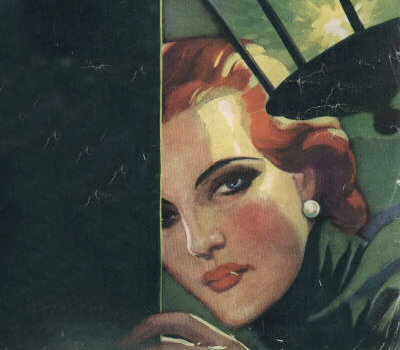


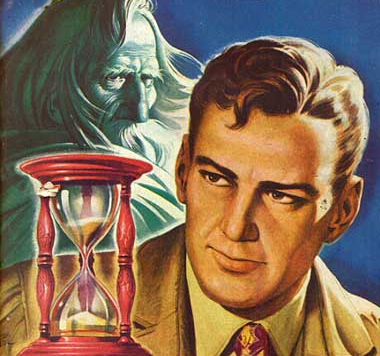 The Ruins of Camelot: The legends are true. Arthur, son of Uther, did arise to the throne of Camelot with the help of the mysterious wizard Merlin. Merlin was a son of Atlantis who survived its destruction and Camelot was his attempt to bring that wonder back to the world. Morgan Le Fey, on the other hand, was a daughter of Lemuria and attempted to seize that dream from Merlin and Arthur – resulting in the destruction of it all. As a result of their final mystic battle the ruins of Camelot slipped partially out of this reality. Now it reappears, from time to time and in various locations.
The Ruins of Camelot: The legends are true. Arthur, son of Uther, did arise to the throne of Camelot with the help of the mysterious wizard Merlin. Merlin was a son of Atlantis who survived its destruction and Camelot was his attempt to bring that wonder back to the world. Morgan Le Fey, on the other hand, was a daughter of Lemuria and attempted to seize that dream from Merlin and Arthur – resulting in the destruction of it all. As a result of their final mystic battle the ruins of Camelot slipped partially out of this reality. Now it reappears, from time to time and in various locations.